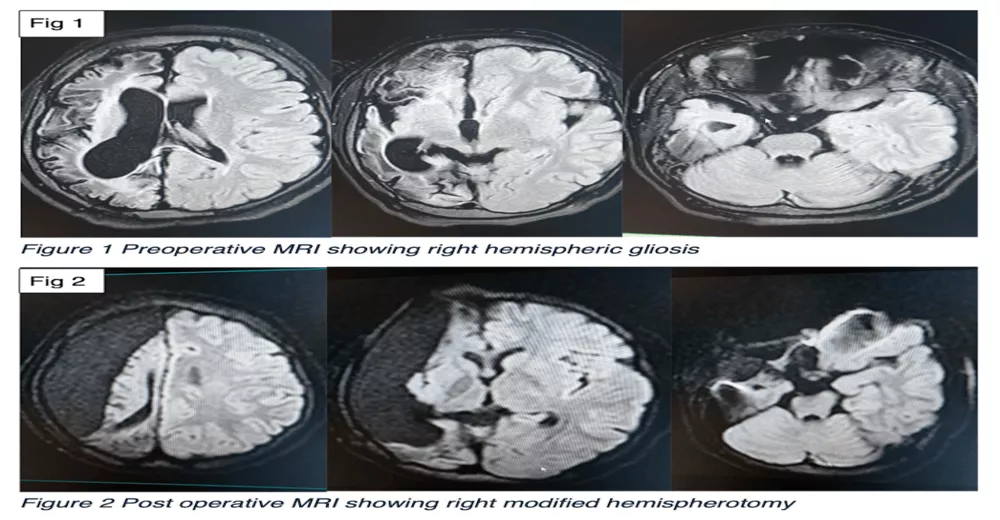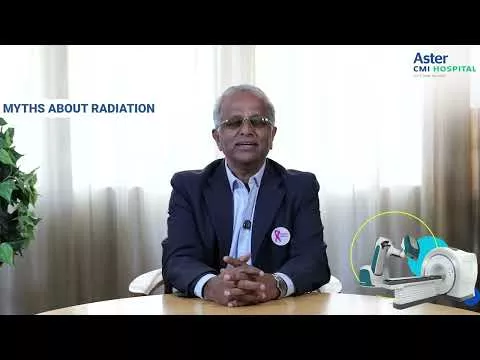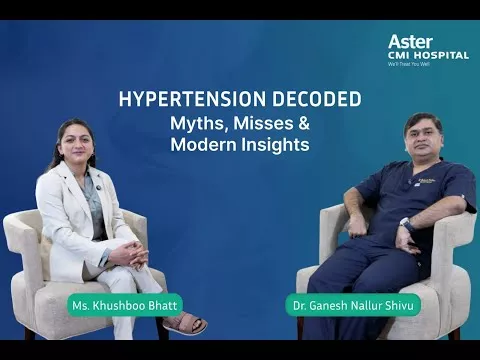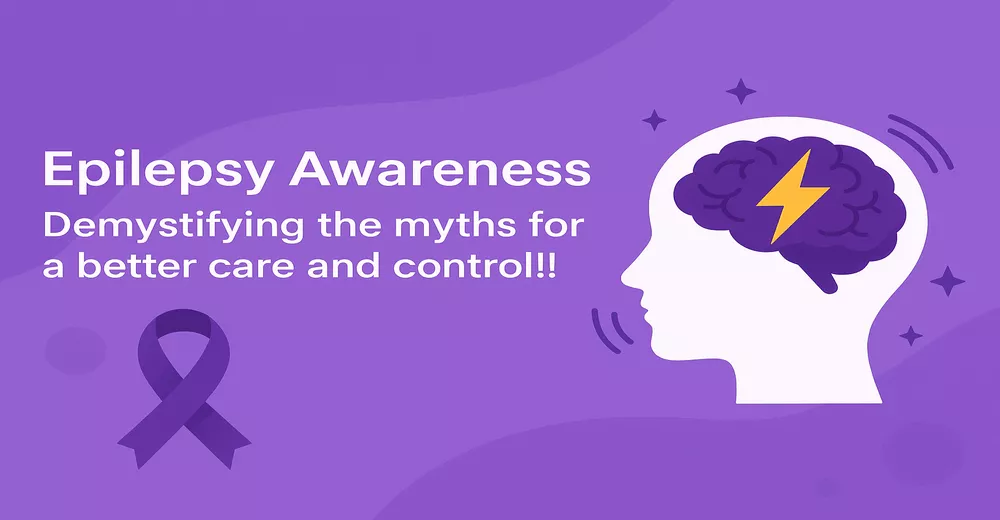This is the inspiring story of a 12-year-old girl who battled drug-resistant epilepsy for 8 long years and finally found freedom through an advanced epilepsy surgery called Hemispherotomy.
Ms. S, a bright and cheerful girl, was completely normal until the age of four. Just as she was about to start school, she suddenly developed continuous seizures in the form of jerking movements in her left hand and leg. These prolonged seizures, known as status epilepticus, were life-threatening and required her to be put on a ventilator in the ICU. She was treated with multiple anti-seizure medications, and the seizures were eventually controlled after two days.
However, the impact of these seizures was severe. The left side of her body became weak — she couldn’t hold objects and dragged her left leg while walking. After hospital discharge, she remained stable for about two months, but the seizures returned. They were frequent, caused sudden falls, and led to multiple injuries. She experienced daily drop attacks and required constant supervision. Her condition prevented her from going to school or playing with friends, and her family lived in constant fear.
Despite visiting multiple hospitals and trying several combinations of medications, her seizures remained uncontrolled for 8 years. This condition, where seizures do not respond to medication, is called medically refractory epilepsy or drug-resistant epilepsy.
In March 2024, Ms. S visited our Comprehensive Epilepsy Care Center. Our team conducted a thorough evaluation. A video EEG monitoring test helped identify the exact pattern and origin of her seizures. The results confirmed that the seizures originated from the right hemisphere of the brain. An MRI brain scan revealed that the right side of her brain was significantly scarred and atrophied, likely due to earlier brain injury.
After detailed discussions within our multidisciplinary epilepsy surgery team, we decided to proceed with a functional hemispherotomy – a surgical procedure that disconnects the affected hemisphere to stop the spread of seizure activity.
The surgery was carried out in two stages. Post-surgery, Ms. S became completely seizure-free. The only side effect was a slight increase in weakness in the left side of her body, which is now steadily improving with regular neuro-rehabilitation and physiotherapy.
Today, Ms. S is thriving. She is independent, injury-free, and most importantly, ready to go to school for the first time in years. Her family is overjoyed, and their gratitude reflects the importance of early diagnosis, advanced epilepsy care, and the power of teamwork.
This transformation was made possible by the dedication and expertise of the epilepsy specialists, neurosurgeons, neurologists, and rehabilitation experts at Aster Group of Hospitals.







